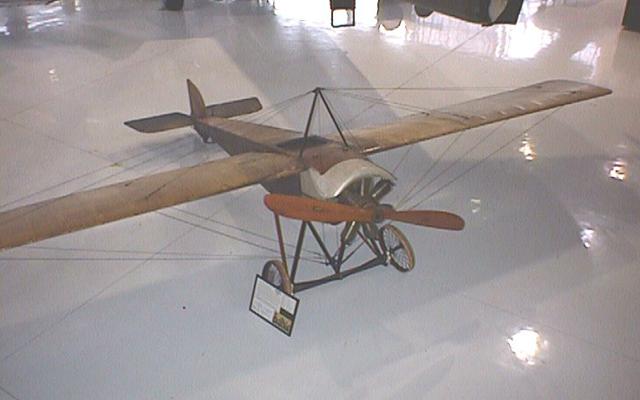
Where would we be today without Orville and Wilbur? Thoroughly grounded. These rare aircraft represent the bold men (and women!) who dared to reach for the skies in these magnificent flying machines.
Please note: Some aircraft may not always be onsite.

1913 Benoist XIV
The chilly St. Petersburg morning of January 1, 1914, began with a parade that led to the waterfront, where a crowd of 3,000 (including Will Rogers) gathered for a momentous event.

1916 Brock Morane
Walter Brock was an American who learned to fly in England in 1912. He quickly moved on to becoming a flight instructor and became the first pilot to deliberately take off in winds of gale strength.

1911 Curtiss Pusher Model D
This Model D Headless Pusher is similar to Curtiss’s earlier Standard Model D Pusher. Both had tricycle landing gears and wing sections that could be easily disassembled for transport. The only difference is that this aircraft does not have the forward elevator.

1909 Herring-Curtiss Pusher
A Pusher is “headed” when it has a horizontal flying surface in front of the pilot, known as a foreplane or a canard. The Herring-Curtiss Pusher has both a front and a tail canard.

1911 Valkyrie
When Louis Blériot crossed the English Channel in 1909, the flight shocked the British public into realizing their island nation was now vulnerable, even under the watchful eye of the British Navy.